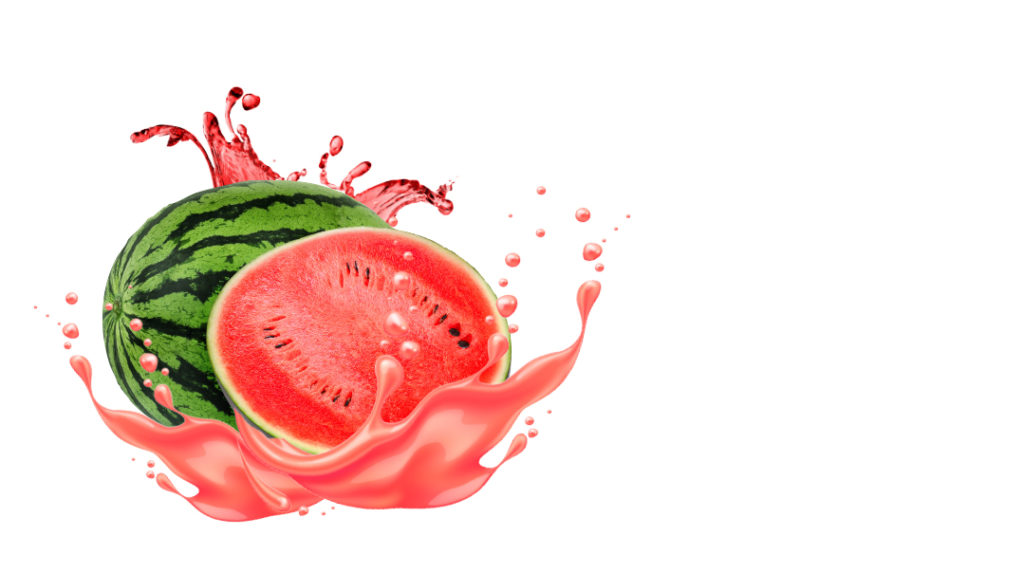Sweet as Summer
| July 24, 2019There’s something about that classic green and red that lets us know that summer really is here

Quick, fill in the blank: “Nothing says summer like _____!”
All over the world, summertime is when fruits are at their peak — juicy peaches, sun-warmed strawberries, bursting plums, and tangy, sweet grapes.
But for many of us, there’s only one thing that can really fill in that blank, and it’s not barbecues, beach towels, or the bungalow colony. It’s… watermelon.
There’s something about that classic green and red that lets us know that summer really is here. Maybe it’s because every watermelon has been growing and soaking up sunshine and dew for 90 days before it’s harvested and sent on its way to our kitchen. Or because watermelons have been with us since ancient times, longer than almost any other kind of fruit.
Whatever the reason, there’s nothing like sinking your teeth into a slice of watermelon — or jabbing one daintily onto a toothpick — to make you realize that summertime is here and life is just about as sweet as it gets.
The Ancient History of Watermelons
Melons are almost as ancient as human civilization. They’re thought to have originally come from northeastern Africa. The original watermelon plant probably had small melons that were pale, bland, and bitter. But just as with corn, wheat, and so many other crops people love, farmers saw their potential and found ways to breed the melons to be bigger, sweeter, and juicier.
The pharaohs of ancient Egypt apparently knew watermelons well. Archaeologists discovered a picture of a large, striped, oblong fruit on a tray in an Egyptian tomb dating to at least 4,000 years ago. When it says in Bamidbar (11:5), “We remember the fish we used to eat in Mitzrayim, the cucumbers, the melons, the leeks,” the word the Torah uses is avatichim, the modern Hebrew word for watermelons.
In ancient times, watermelons were sometimes placed in tombs as food for the afterlife, and no wonder:Watermelon was perfect for travelers, providing both solid nourishment and water in a sealed container that kept everything fresh for much longer than anything else could at the time. And they were a perfect, nutritious, natural food, a sweet and refreshing break from the dangers of any journey in those days.
Thanks to their portability, watermelons eventually spread to China and the rest of Asia, where they became an important part of local cooking. By Roman times, watermelons had been bred to be sweeter than ever before. Arab explorers brought watermelons with them to Europe sometime around the 13th century C.E., and from there, they just kept on spreading. Watermelons were being grown in Central America by 1516 (just over 20 years after Europeans first visited America in 1492). The newly established American colonies started growing watermelons from seeds they brought with them, making this a truly historical way to celebrate the Fourth of July — and the entire summer.
(Excerpted from Mishpacha Jr., Issue 770)
Oops! We could not locate your form.






